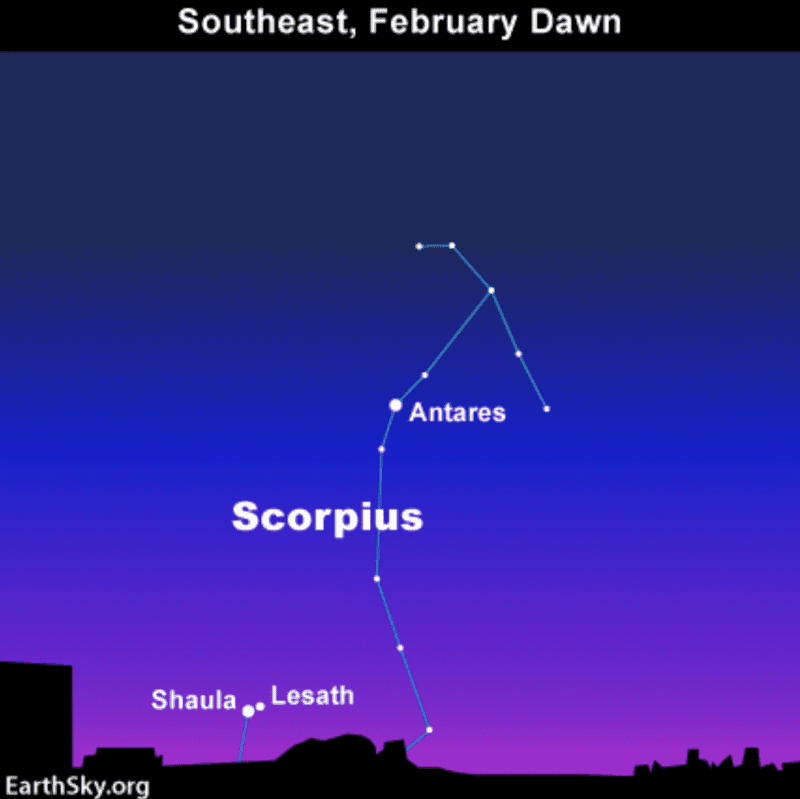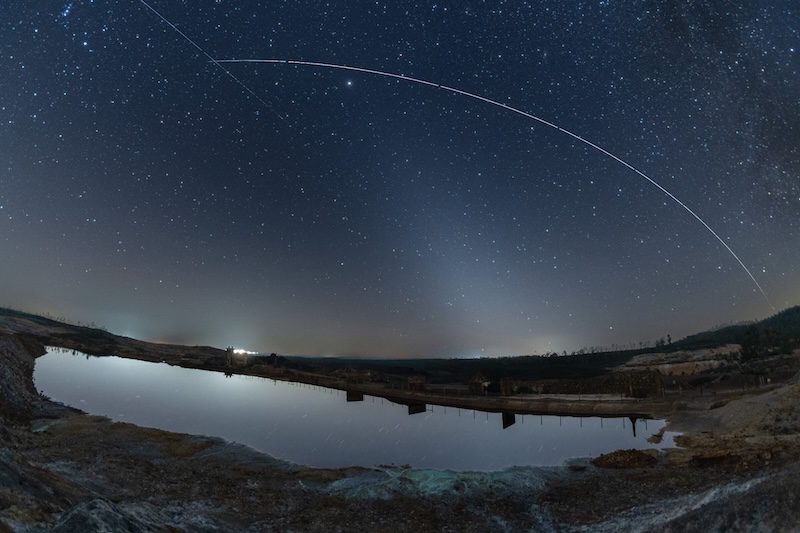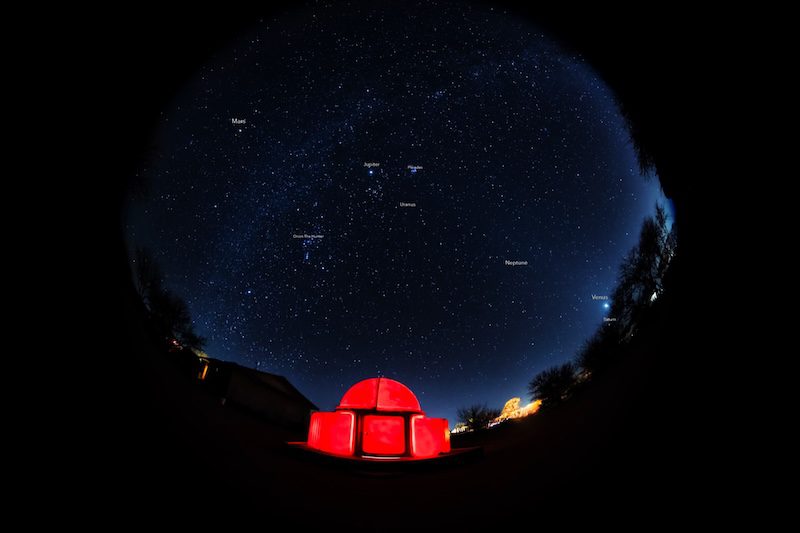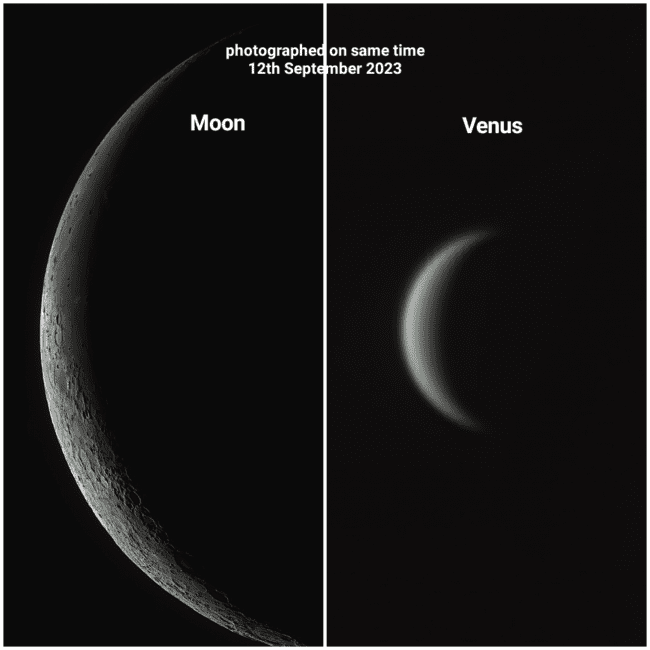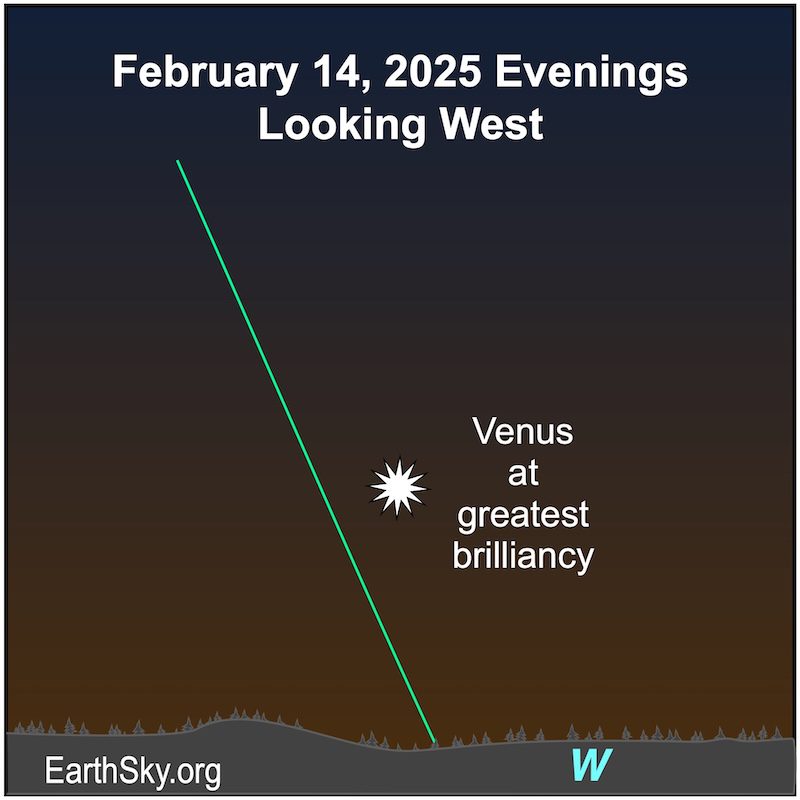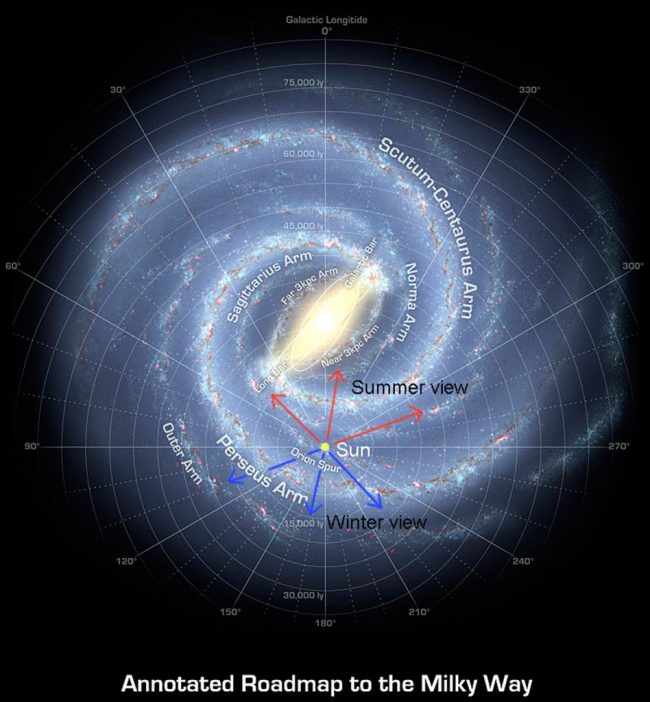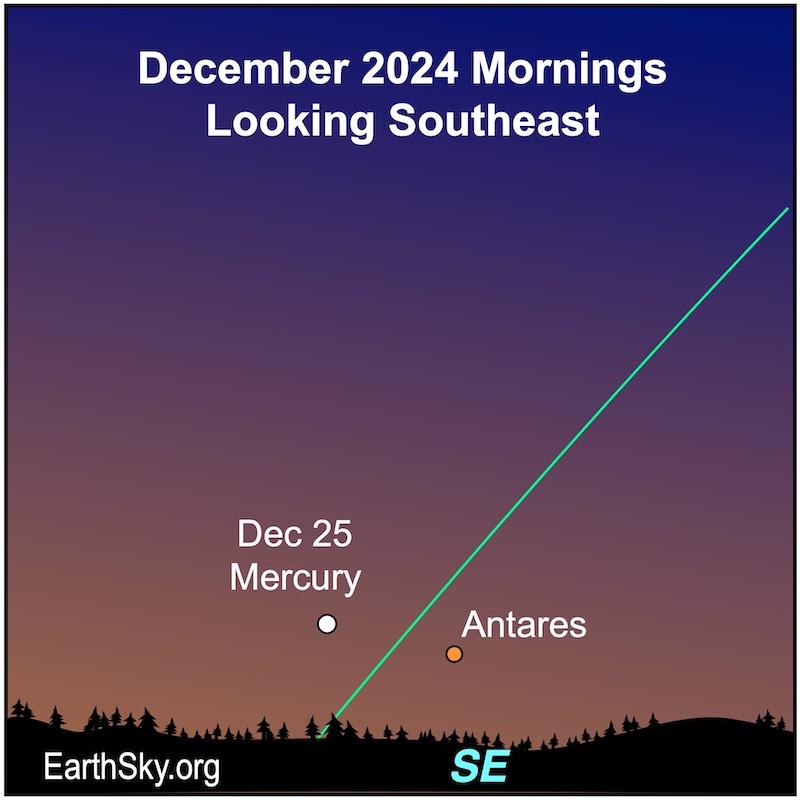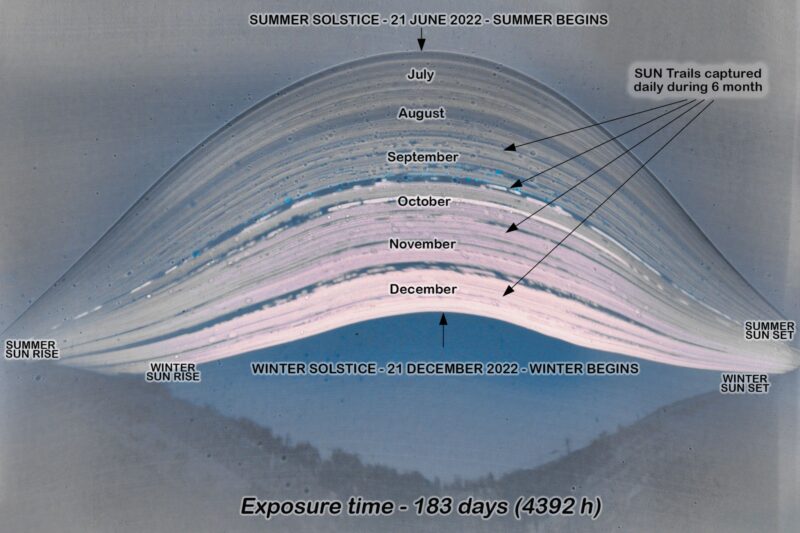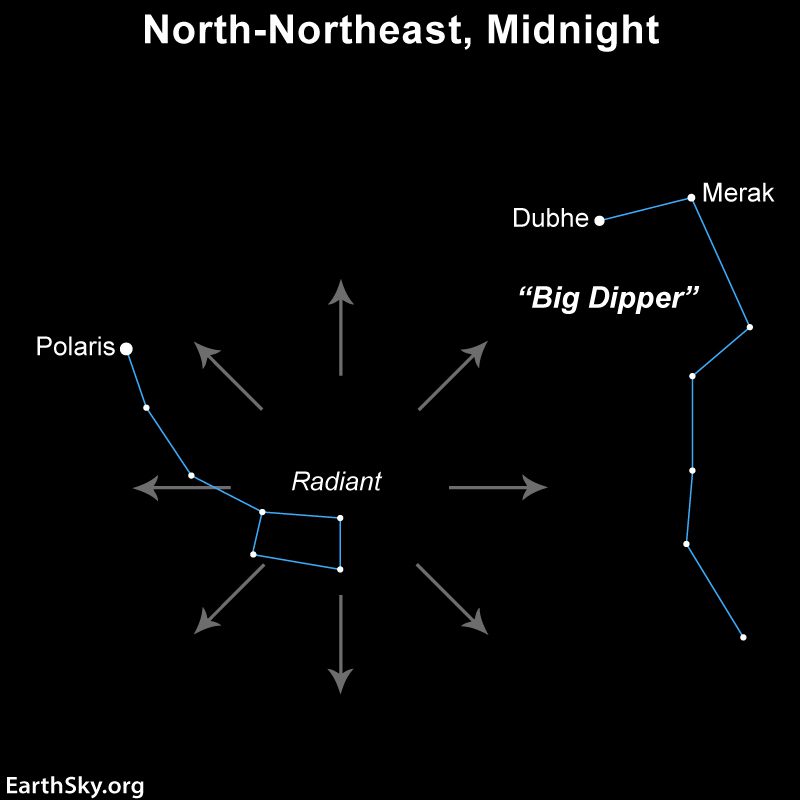The stars Shaula and Lesath herald the coming spring
If you’re in the Northern Hemisphere, Shaula and Lesath will come over your southeastern horizon before dawn sometime this month. They’re a hopeful sign that spring is coming. How do you recognize the coming of spring? Maybe you spot a first returning robin. Or tune into news about a groundhog looking for its shadow. For … Read more
